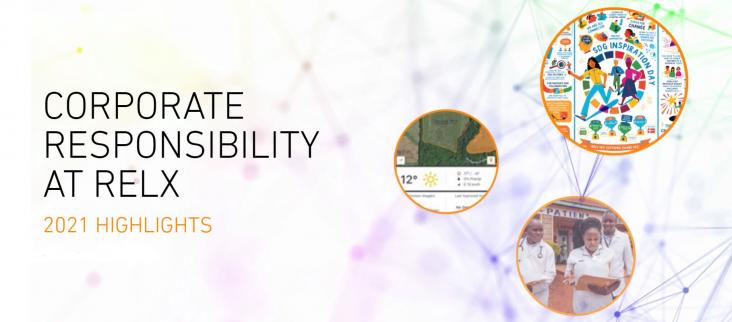This short communication reports on a new research agenda for understanding and advancing Planet Health Equity (PHE).
Elsevier,
Synthesis of Bionanomaterials for Biomedical Applications, Micro and Nano Technologies Series, 2023, Pages 493-528
This chapter aligns with Goals 12 and 13 by reviewing the ongoing research and development activities on the positive and harmful effects of NPs on the environment. First, the emission of NPs is described, then legislation and later the advantages and disadvantages of NPs toward the environment are highlighted. The possible consequences on human health and the environment, both negative and positive, are crucial issues that need to be addressed.
This study investigates how sustainable transport infrastructure affects access to healthcare.
This chapter advances the UN SDG goals 9 and 12 by considering the benefits of digitizing food supply chains using Internet of Things, blockchain, and AI.
The purpose of this interview study is to explore the perceptions of industrial stakeholders towards the use of biobased plastics in food packaging applications.
This research aimed to determine how interested people are in bio-based bottles. We also compared bio-based options to the fossil-based industry standard and determined consumer reactions to both. We measured consumer demand for bio-based plastic bottles as an alternative to a conventional (fossil-based) plastic bottle and investigated what conditions underlie this preference (e.g., bottle appearance).

In 2021, RELX continued to build on our strong corporate responsibility (CR) performance during the year, further improving on our key internal metrics and extending the scope of our unique contributions. This article is linked to SDGs 1,3,10,11,12,13 and 16, in line with RELX's areas of expertise.
Lactation invokes homeorhetic processes to ramp up and supply milk synthesis components to fulfil nutritional, immunological and microbiological requirements of developing offspring, overseen by complex neuroendocrine networks. The maternal gut meets these intense metabolic demands, supported by hyperphagia and rapid adjustments to process larger food quantities. This research seeks to help mothers and clinicians better understand the hormonal components of their diet, gastrointestinal and other biological drives toward essential nutrient flow to their infants via lacatation.
Since the middle 20th century, global production of plastic has exponentially increased to 367 million tonnes. Microplastics (MPs) are globally distributed in aquatic environments, and become a growing threat to the ecosystem. It is urgently needed to develop effective technologies to remove MPs from water and this article gives an overview of possible techniques and the progress in removing of MPs
The research seeks to estimate biogas production potential from livestock and slaughterhouse wastes in Ghana, in order to promote biogas technology as a possible alternative in the search for sustainable energy management methods and in support of the SDG goals.
